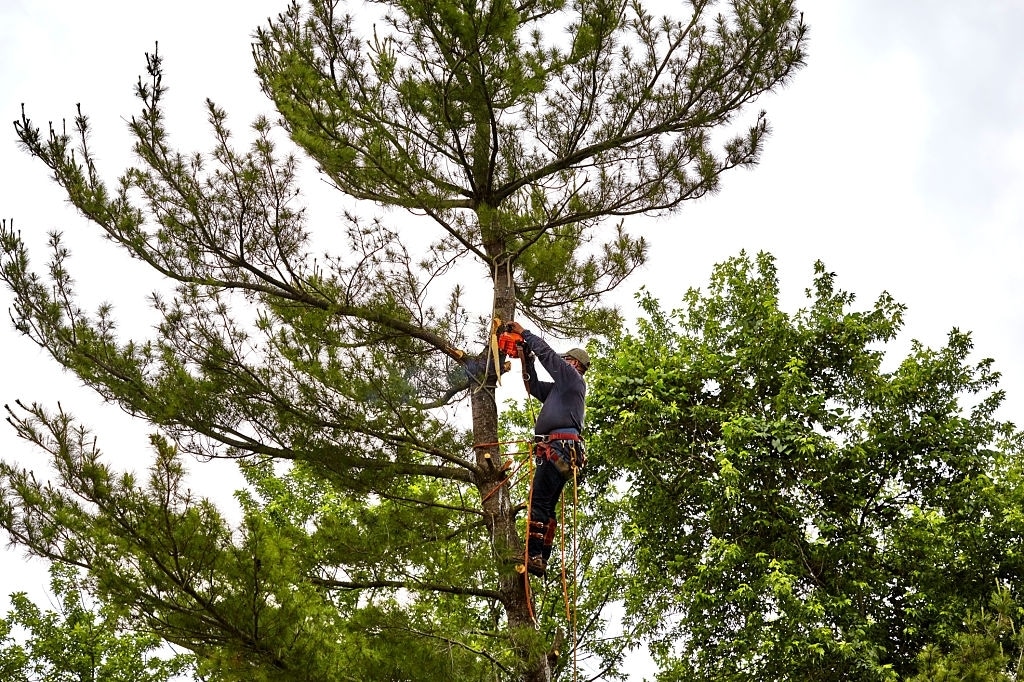Pruning is a crucial part of tree care, but it’s useful only it’s done correctly. Improper techniques can irreparably damage Tree Trimming, resulting in shorter lifespans and a better risk of branch or trunk failure. Well-pruned trees can provide years of shade and delight to their owners and neighbors. Proper pruning reduces the risks related to trees eliminates conflicts with buildings, streets, and walkways; improves their structure, and makes them more attractive. an honest arborist always attempts to realize desired goals while causing minimal damage to the tree. In most cases, an honest pruning job will remove only dead branches and a bare minimum of live tissue. When unusual circumstances require more live branches to be removed, an honest arborist will attempt to plan the work to occur during dormant periods and can spread the beat multiple seasons when possible.

You will want to start by watering frequently at the bottom of the Tree Pruning, then slowly taper off frequency while increasing the quantity and area of the irrigation. How often and the way much your water will depend upon the tree, the container soil, your native soil, and weather, just to call a couple of factors. So, although we’ll offer some general guidelines for watering, the sole thanks to making certain your tree needs water is to probe the soil and see if it’s moist. Water when the soil is fairly dry within the top three inches of the first root ball. Stop watering when the soil is moist; you are doing not want to form the soil soggy or leave the tree standing in water for long periods.
Typically, we plant within the Keller Tree Service, so milder temperatures prevail and therefore the soil may stay wet longer. If we’ve warm days or dry winds, it’d be knowing water once or twice each day within the beginning. These are going to be small amounts of water applied to the container root ball. If you never saw the tree before it had been planted, focus the water around the base of the tree and outward approximately two feet from the trunk. Of course, good rain may allow you to skip watering for a couple of days. Again, poke a finger into the soil to ascertain if it’s dry before adding more water. you’ll get to test for moisture within the native soil separately from the container soil to avoid creating a swampy area. It wont to be common for tree workers to ascend on spikes, also called gaffs or climbers. These are metal points that strap to the within of the climber’s boots.
The climber stabs them into the wood and that they allow him to intensify into the tree. we’ve much research now to inform us this practice is extremely damaging to trees. Each of the entry points becomes a possible source of decay and/or disease organisms. within the short term, the tree will rarely show any signs of injury, but, years later, the tree can break or die from problems related to being spiked. the right method of ascending a Tree Service Keller is either to climb with a rope and harness or to climb into the cover with a ladder then install an approved rope-and-harness system. the sole times when a climber should ascend a tree on a spike is when the tree is being removed, or when an emergency involves a fast ascent to rescue an injured climber. Even many rescues are often performed without spikes, but a couple of situations may arise that might make them the simplest choice in an emergency. in the least other times, spikes should be left on the bottom.